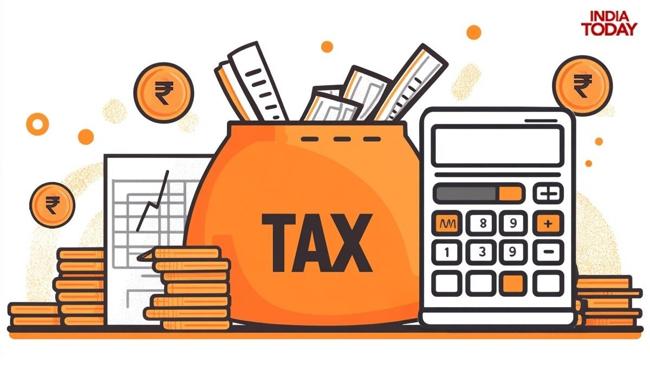Summary
The big question remainsshould taxpayers still consider the Old Tax Regime? Previously, individuals claiming substantial deductions, such as house rent allowance (HRA), home loan interest, and 80C investments,
Source: Business Today on MSN.com

AI News Q&A (Free Content)
Q1: What are the primary differences between the Old Tax Regime and the New Tax Regime introduced in Budget 2025?
A1: The Old Tax Regime allows taxpayers to avail of various exemptions and deductions, such as house rent allowance (HRA) and deductions under Section 80C, which are not available in the New Tax Regime. The New Tax Regime, as per Budget 2025, offers a simplified tax structure with lower tax rates for high incomes, making income up to ₹12 lakh tax-free. However, it limits the scope for deductions, offering a straightforward option for those who do not wish to claim multiple exemptions.
Q2: How has the income tax liability changed for middle-class taxpayers following the 2025 budget reforms?
A2: Middle-class taxpayers have significantly benefited from the Budget 2025 reforms, which raised the tax-free income threshold to ₹12 lakh under the New Tax Regime. This change eliminates tax for a significant portion of the middle-class population, providing relief and increasing disposable income. For incomes exceeding ₹12 lakh, tax rates are reduced, with a 30% tax rate now starting at ₹24 lakh, thus offering further relief for higher incomes.
Q3: What are the potential benefits and drawbacks of opting for the New Tax Regime over the Old Tax Regime?
A3: The New Tax Regime benefits taxpayers with a straightforward tax structure, reduced tax rates, and no requirement to maintain documentation for exemptions. However, it lacks the flexibility of the Old Tax Regime, which allows for numerous deductions and exemptions that can significantly reduce taxable income for those who plan their finances accordingly. Thus, for taxpayers not claiming many exemptions, the New Tax Regime may be more beneficial.
Q4: In what ways do the Budget 2025 changes reflect a shift in India's tax policy priorities?
A4: The Budget 2025 changes indicate a shift towards simplifying the tax system and broadening the tax base by reducing rates and increasing the no-tax threshold. This reflects an effort to ease tax compliance, reduce tax evasion, and enhance transparency. By making higher incomes more attractive through lower rates, the government aims to stimulate consumer spending and economic growth.
Q5: How do the recent tax reforms align with global trends in tax policy?
A5: The recent tax reforms in India, focusing on simplifying tax structures and lowering rates, align with global trends where countries are looking to streamline tax codes and incentivize compliance. By reducing complexities and administrative burdens, such measures are designed to foster a more conducive environment for business and personal financial planning, akin to reforms seen in other major economies.
Q6: What scholarly insights are available on the impact of tax incentives on economic behavior in emerging markets like India?
A6: Recent scholarly research suggests that tax incentives significantly influence economic behavior by encouraging investments and savings. For instance, studies indicate that tax benefits associated with R&D and technological investments can lead to increased patent filings and innovation. However, the effectiveness of such incentives depends on their structure and implementation, which vary across emerging markets.
Q7: What are the implications of the new tax policies on personal finance management for Indian citizens?
A7: The new tax policies necessitate a reevaluation of personal finance strategies, particularly for those accustomed to leveraging deductions in the Old Tax Regime. Individuals may need to assess their financial goals and potential tax liabilities under both regimes to optimize their tax savings. The simplified New Tax Regime offers less flexibility but may benefit those with fewer deductions, emphasizing the need for personalized financial planning.
References:
- Page: New Tax Regime
- Page: Goods and Services Tax (India)
- Published: 2022-08-10
- Title: Determinants of Patent Survival in Emerging Economies: Evidence from Residential Patents in India
- Authors: Mohd Shadab Danish, Pritam Ranjan, Ruchi Sharma





